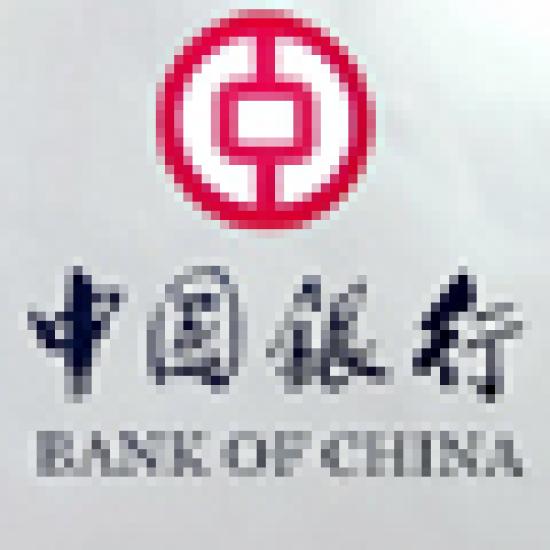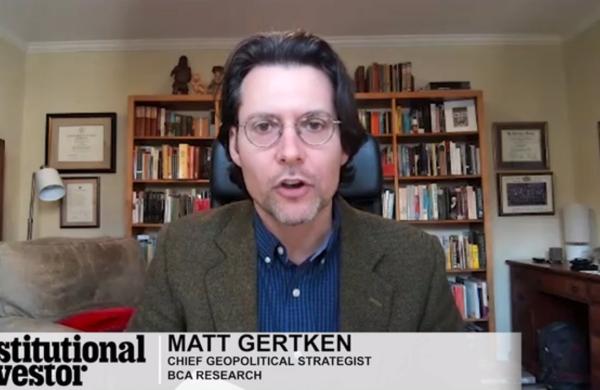You probably figured that given the massive 34 percent bank loan growth last year in China, it is just a matter of time before Chinese banks’ loan portfolios turn into porous Swiss cheese. Chinese commercial banks’ non-performing loan ratio was at a historical low of 1.6 percent last December, even lower than the 2.4 percent in 2008. But that will be no more.
Outstanding non-performing loans in the country, at 426.5 billion Yuan (or $63 billion) last December, are expected to swell, something everyone from China’s own banking regulator to industry analysts can all agree on.
But exactly how big will the hole be? Is it going to be as bad as what the housing bubble has done to American banks?
Michael Werner, a Hong Kong-based Sanford C. Bernstein & Co. analyst on Chinese banks, reckons that credit costs (defined as credit provisions as a percentage of average loans) at China’s six listed megabanks will start to rise later this year, and jump 50 percent over the next two years to 66 basis points from 44 basis points last December (one percentage point has 100 basis points). And that is a conservative scenario.
Werner warns there is a good chance that credit costs will rise even faster at six of the world’s largest banks: Industrial and Commercial Bank of China (ICBC), Bank of Communications (BOCOM), China Merchants Bank (CMB), Bank of China (BOC), China Construction Bank (CCB) and CITIC Group.
The biggest risks for Chinese banks come from the manufacturing sector and local governments. Even though China’s export last month jumped 48.5 percent, that was on the basis of a weak 2009. A double-dip recession in the U.S. and Europe, feared by many as a real possibility following Europe’s recent fiscal woes, will hurt China’s demand-sensitive manufacturing industry in a repeat of fate, when Chinese exports dropped for 12 consecutively month from November 2008. Moreover, recent worker protests demanding higher wages at China’s factories are likely to further injure the
sector’s competitiveness.
As for loans extended to local governments, the Chinese government has acknowledged it doesn’t look pretty. China’s Finance Ministry last week warned local governments to tighten supervision of their financing vehicles, which were used to fund local infrastructure and public projects. How big a problem can it be? Not insignificant. CITIC Group, for example, has 15 percent of its domestic loan book occupied by these local government loans.
Werner is optimistic about the red-hot property market, however, and thinks it won’t cause a hiccup for banks. Why? Chinese property developers source a small portion, only 20 percent, of their funding from bank loans, and most of them are collateralized. In addition, these six mega banks lend mostly to state-owned enterprises with massive balance sheets. Similarly, retail loans to consumers, such as residential mortgages, are sound as a rock. The average Chinese homeowner pays a down payment of 40 percent of home value.
Chinese housing prices needs to drop 30 percent before mortgages begin going underwater. So what does this mean for investors? Werner’s exercise aims to help investors separate strong banks from the weak in terms of their ability to absorb expected higher credit costs. It is a hard nut to crack, particularly when most of these banks just became listed public companies within the past decade. As Werner himself says, the projection “is more art than science.”
But after considering loan durations, loan growth in 2009 and historical credit quality (as much as there is), Werner concludes that Bank of China and CITIC Group face higher credit risk because of their exposure to high-risk industries (such as manufacturing) and higher loan growth during 2009. The winners are China Merchant Bank and China Construction Bank. As Chinese banks face their first test as public companies, it is time for investors to contemplate: which bank is going to be China’s J.P. Morgan, and which will be its Citi?







